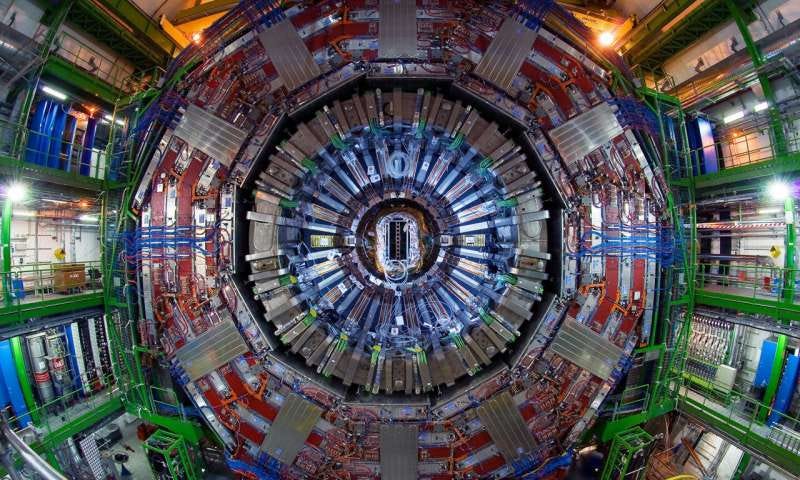Unveiling the Mysteries of the Higgs Boson: Breakthrough Insights
Written on
Chapter 1: The Higgs Boson and Its Significance
The Higgs boson, often referred to as the "God particle," has been a cornerstone of modern physics since its discovery by the European Organization for Nuclear Research (CERN). This particle is thought to confer mass to other elementary particles and remains one of the most significant findings in contemporary science. CERN has been actively conducting experiments to shed light on various unexplained forces in the universe, particularly dark energy and dark matter, which together comprise over 95% of the cosmos.
Although the Higgs boson has enhanced our comprehension of the Standard Model of particle physics, it continues to be shrouded in mystery. Since its groundbreaking discovery in 2012, researchers have diligently sought to understand its properties, interactions, and the ways it may decay into other particles.
Recent findings have suggested that the Standard Model, long challenged by the emergence of new particles, is still robust. At the 40th ICHEP conference, researchers reported that the Higgs boson decayed into a pair of muons, thus reinforcing traditional scientific frameworks.

Section 1.1: Breakthrough Observations
“CMS is proud to have achieved this sensitivity to the decay of Higgs bosons to muons, and to show the first experimental evidence for this process. The Higgs boson seems to interact also with second-generation particles in agreement with the prediction of the Standard Model, a result that will be further refined with the data we expect to collect in the next run.”
~ Roberto Carlin, CMS spokesperson
Current theories regarding the Higgs boson's decay suggested it would break down into heavier particles, such as W and Z bosons or heavier fermions like tau leptons. Surprisingly, it was found that muons, which are lighter and interact less with the Higgs field, were the decay products. Muons can be seen as heavier counterparts of electrons, the first-generation elementary particles. Unlike electrons, muons predominantly exist in high-energy environments, like those found in particle physics laboratories.

The remarkable aspect of this study is that for each instance of the Higgs boson decaying into two muons, there are countless muon pairs produced by other processes that could mimic the expected results. While the interaction of the Higgs field with heavier particles was measured in 2018, this marks the first recorded instance of the Higgs boson decaying into lighter particles and exhibiting weak interactions.
Section 1.2: Advanced Techniques in Measurement
Both experiments deployed advanced techniques, including sophisticated background modeling and machine-learning algorithms, to ensure accurate measurements. The results obtained align with current predictions from the Standard Model.
Chapter 2: Future Directions and Expectations
The research team anticipates further data collection from the upcoming runs of the particle accelerator, particularly with the High-Luminosity LHC. They aim to achieve a sensitivity of 5 sigma, which is essential for confirming the Higgs boson decay into two muons and solidifying evidence against alternative theories of particle physics.
The first video titled "The Surprising Truth About the Higgs Boson 'Discovery' at CERN" delves into the unexpected revelations surrounding the Higgs boson and its implications for modern physics.
The second video, "Demystifying the Higgs Boson with Leonard Susskind," features insights from a renowned physicist that clarify the complexities of the Higgs boson and its role in the universe.
A more comprehensive analysis can be found on the Preprint server arXiv and the CERN Document Server.

Stay up to date with the latest developments — Join my mailing list.